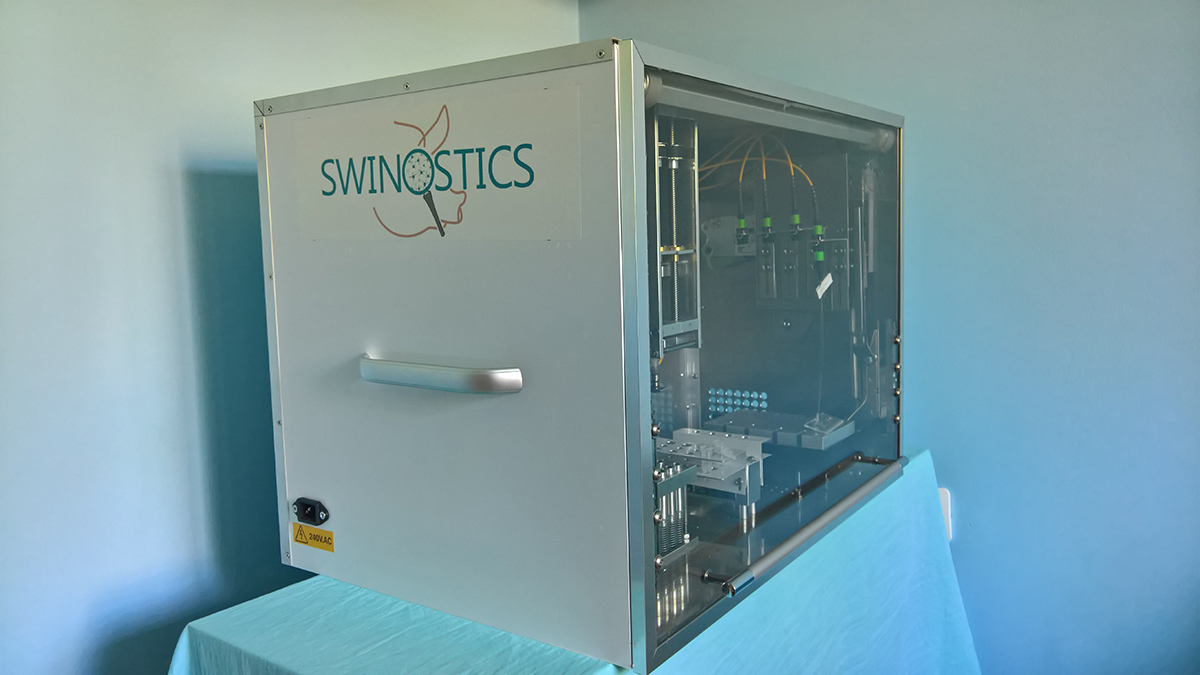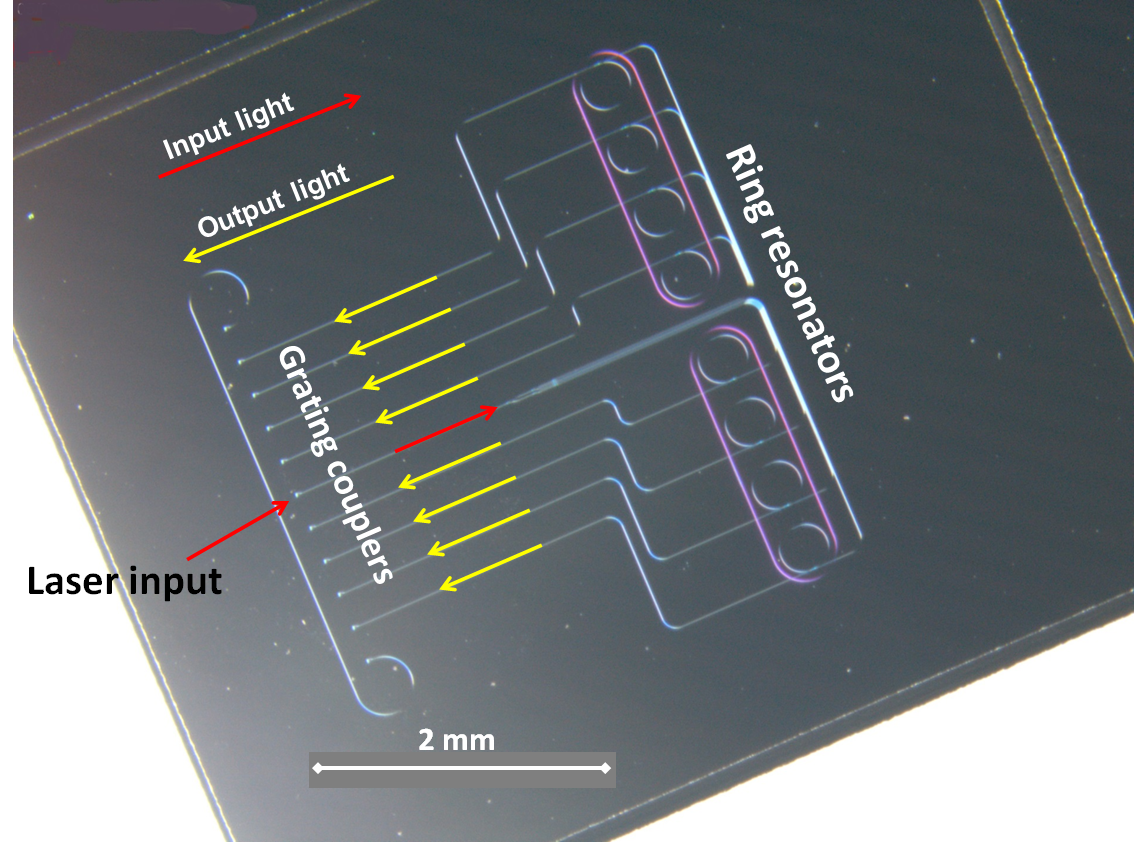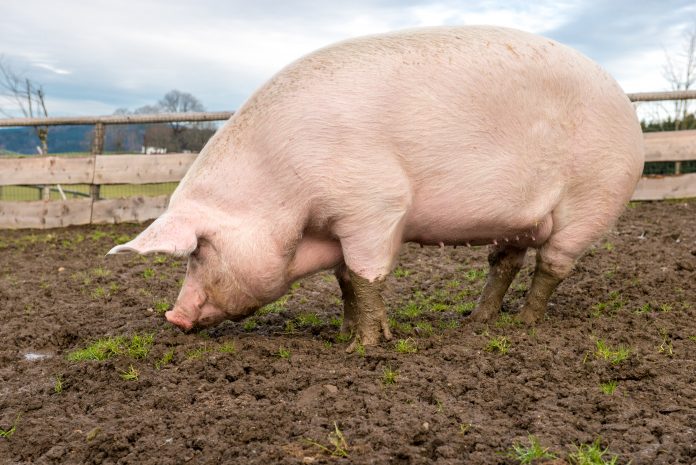Here, R&D Director Alessandro Giusti details the work of the Horizon 2020 funded SWINOSTICS project to tackle viruses causing epidemics in pig farming
The increased population density in modern animal production systems has made them vulnerable to various transboundary infectious agents that threaten the productivity of the meat industry and even human health. Even though more effective drugs and vaccines have reduced the direct burden of livestock diseases, the total impact of animal health threats may actually be increasing because in a globalised and highly interconnected world, the effects of diseases extend far beyond animal sickness and mortality. As the OIE Director General stated in 2014, “Pathogens of animal origin are an important and growing global threat to human and animal health, food security, food safety, poverty reduction and biodiversity.” The European Commission has also underlined the importance of animal health and the EU added value, through events and presentations of the Food Chain Directorate-General for Health and Consumers. A key goal of the EU’s strategy for animal health is to ensure early diagnosis, to prevent and reduce animal diseases.
Therefore, early diagnosis and establishment of reliable countermeasures to infectious disease outbreaks is essential to limit severe biophysical and socio-economic consequences.
To date, the time between initial disease outbreak, sample transportation and laboratory confirmation of the etiologic infectious agent can be up to several weeks or months. Thus, the need for the development of mobile diagnostic units has been recently recognised. Reliable and simple diagnostic testing directly on-site would enable rapid, on-the-spot decision making which is crucial to prevent further spreading of the disease.

The SWINOSTICS project
SWINOSTICS is a four-year research project, funded under the EU Horizon 2020 framework programme. The project has a total budget of about €3.5 million. It is being developed by a multi-disciplinary team of ten partners from six EU countries, coordinated by CyRIC – Cyprus Research and Innovation Center Ltd.
The project addresses the aforementioned need for reliable and fast, on-site diagnostics for pig farms, by developing a novel field-use device, based on advanced, proven, bio-sensing and photonics technologies. Even though the approach is applicable to a variety of infectious agents, SWINOSTICS is focused on emerging and endemic viruses (African Swine Fever virus, Porcine Reproductive and Respiratory Syndrome virus, Porcine parvovirus, Porcine circovirus type 2, Classical Swine Fever virus, Swine influenza virus) causing epidemics in swine farms in Europe that lead to relevant economic damages. The diagnostic device allows immediate threat assessment at the farm level with an analytical quality comparable to that of commercial and institutional laboratories. The device is easily transportable and provides results in less than 45 minutes for four oral fluid (or other types of) samples simultaneously, making it highly suitable for use in the field. The modular construction of the device allows future upgrades to increase capacity if so desired.
The SWINOSTICS technology in a nutshell
The heart of the SWINOSTICS system is its photonic integrated circuit (PIC) biosensor. In a nutshell, the way that the sensor work is the following: The surface of the PIC is functionalised with antibodies against the targeted viruses. This practically means that the antibodies are bound on the surface of the sensor. Once a sample containing the targeted virus is (automatically) flown over the sensors, the molecular binding of the antibody to the target virus is detected by means of a refractive-index-sensitive photonic transducer. These shifts in the refractive index are measured by the SWINOSTICS device optical module and correspond to the detection (or not) of the targeted virus. The detection is not only qualitative (yes/no answer) but also quantitative, thus making it possible to associate the analysis result with clinical signs.
The user, that may be the farm veterinarian or even a trained farmer, communicates with the device through a user-friendly, mobile application, while an advanced, cloud-based interface and platform is also available for detailed data processing, useful for researchers, standardisation bodies, authorities or anyone that wishes to dive deeper into the collected data.

Innovation, current status and the future
The SWINOSTICS project is currently at its field validation stage and will be concluded in October 2021. After two successful rounds of laboratory testing with the previous versions of the prototype, the final version of the instrument is ready and has been delivered in four replicas, in order to be used in the four project pilots in Hungary (led by University of Veterinary Medicine Budapest), Poland (National Veterinary Research Institute), Italy (University of Florence) and Greece (Agricultural University of Athens).
The project, even though not yet concluded, has already shown its tremendous innovation potential:
- The SWINOSTICS sensors are capable of detecting important swine viruses of particular interest for the European (and global) economy, using oral fluids as samples for the analysis. SWINOSTICS is the only field-use device capable of achieving this with the necessary measurements’ quality. The use of oral fluid samples simplifies sample collection & minimises the time needed for the test.
- Analysis time of fewer than 45 minutes, combined with simultaneous analysis of four samples, reduces costs and increases efficiency.
- The PIC sensors used do not require the use of a fluorescent label for the detection (label-free detection). This increases robustness, simplifies the procedure and reduces costs for the user.
- The sensors, once ready for commercial production, will be highly cost-effective, while their design is compatible with mass production techniques. The sensors are also reusable for at least ten times, further increasing cost-effectiveness.

Focus during this last project stage is the device and sensors’ validation and demonstration. Upon notification of suspected cases in commercial farms or forested areas, a SWINOSTICS team member will move the device on-site and perform the diagnosis. Sampling size in each case will be determined on-site and it will depend on herd size, breeding scheme, the prevalence of clinical signs and overall infrastructure of the farm. Samples will also be collected for use with the golden standard techniques, to validate the device performance under field-use conditions. The consortium is in parallel collecting valuable user feedback for improving the system in view of the post-project continuation of the research and commercial exploitation of the results.
The SWINOSTICS consortium is also preparing for the presentation of its final outcomes through an open dissemination event and related scientific publications. More information will be available soon on the SWINOSTICS website.
This project has received funding from the European Union’s Horizon 2020 research and innovation programme under grant agreement No 771649
Please note: This is a commercial profile
© 2019. This work is licensed under CC-BY-NC-ND.











